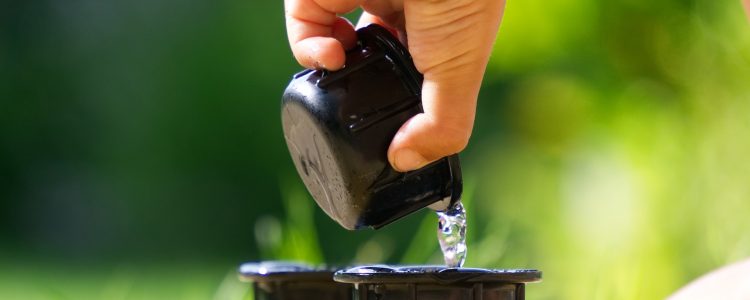Are you busy planning your next adventure? If you are a regular traveller then you will know that hydration is the key to a successful adventure. With this in mind, you might be thinking, ‘how do water purification tablets work?’ Water purification tablets work using either chlorine, or silver, for the disinfection action. Previously, the use of iodine was commonly associated with water decontamination, but the use of iodine was removed by WHO following concerns over toxicity levels.
Looking at the chemistry of the chlorine in these tablets this can be in the form of sodium chlorite, which in contact with water produces a solution of chlorine dioxide, or chlorine tablets. Although these may appear the same there is a subtle difference in the taste they give to the water, with the dioxide form producing a less halogen taste.
Chlorine in water is three times more effective as a disinfectant against E. coli than iodine. An alternative to chlorine-based tablet disinfection is the use of a silver ion combined with chlorine dioxide. Silver has a bactericidal effect in low doses, but as its concentration can be affected by adsorption onto the surface of the storage container it is not regarded as a primary water disinfectant. In combination with chlorine dioxide it is effective but has long purification times (30 mins to 4 hours).
How do water purification tablets work?
Water purification tablets that release chlorine or chlorine dioxide work by an oxidation process of essential cellular structures and enzymes, rendering them ineffective. The primary factors that determine the rate and proportion of microorganisms killed (mainly bacteria and protozoa) is the concentration of the solution and the exposure time. Other secondary factors include the pathogen species (Cryptosporidium oocysts, Cyclospora, worm eggs are unlikely to the disinfected), water temperature, pH and organic contaminants.
Recent research has highlighted that the colder the water the longer the disinfection time is required; acid pH water neutralises some of the chlorine action and the addition of protein can reduce the effectiveness by up to 80%.
In summary the water disinfection tablets work by producing a chlorine-based solution that can be effective against a wide range of bacteria and protozoa. Chlorine solutions are inexpensive but impart a taste to the water and are not readily effective against some forms of pathogens. Chlorine dioxide tablets are more potent than chlorine and have no taste, however they are less stable to air and decompose rapidly.
Check out our range of water purification products here.


No Comments
Be the first to start a conversation